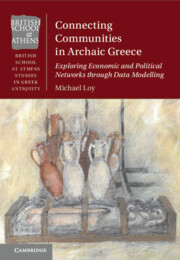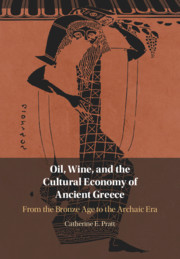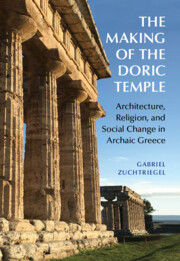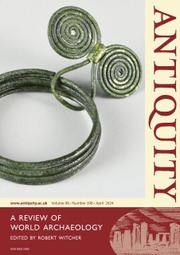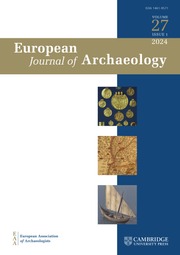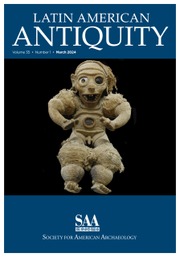Connecting Communities in Archaic Greece
This is a new history of Greece in the seventh and sixth centuries BC written for the twenty-first century. It brings together archaeological data from over 100 years of 'Big Dig' excavation in Greece, employing experimental data analysis techniques from the digital humanities to identify new patterns about Archaic Greece. By modelling trade routes, political alliances, and the formation of personal- and state-networks, the book sheds new light on how exactly the early communities of the Aegean basin were plugged into one another. Returning to the long-debated question of 'what is a polis?', this study also challenges Classical Archaeology more generally: that the discipline has at its fingertips significant datasets that can contribute to substantive historical debate -and that what can be done for the next generation of scholarship is to re-engage with old material in a new way.
- Synthesises over 100 years of archaeological data from more than 220 sites
- Introduces new social-science models and frameworks of interpretation to a humanities audience, in a clear and non-jargonistic way
- Engages with the challenge that Classical Archaeology has vast and diverse datasets that can answer big and complex historical questions
Reviews & endorsements
‘Loy has done admirable and dogged work in aggregating an immense amount of legacy data into new forms that can reinvigorate old debates and introduce new questions about the development of communities and economies in the Archaic Aegean.’ Megan Daniels, Bryn Mawr Classical Review
Product details
April 2025Paperback
9781009343831
349 pages
244 × 170 mm
35 b/w illus. 30 colour illus. 10 maps
Not yet published - available from March 2025
Table of Contents
- 1. Introduction
- 2. Economic networks: the transport of heavy freight
- 3. Economic networks
- commodities and semi-luxuries
- 4. Entangled networks: the transfer of technical knowledge
- 5. Political networks: expressions of political affiliation
- 6. Political networks: state alliance and amphiktyonies
- 7. Conclusions.

